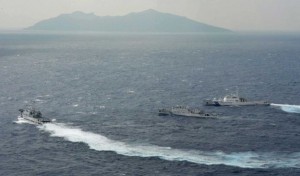Business Week’s Lydia Mulvany covers the U.S. Department of Defense’s recent efforts to “crack China’s monopoly on mining the most valuable rare earths.”
In early October, we discussed the Pentagon’s studying of Canadian mining company Ucore Rare Metal Inc.’s REE-rich Bokan Mountain property in southeast Alaska, but according to a recent Business Week story, the department has since taken additional steps:
Also last month, Canadian magnet maker Great Western Minerals Group said it was chosen by the department to study the supply of yttrium oxide, which is used in jet engines, while closely held U.S. magnet maker Thomas & Skinner Inc. said the Pentagon will invest in a study of neodymium-iron-boron magnets.
Meanwhile, the Pentagon is not the only interested party attempting to challenge China’s near-total Rare Earths monopoly – Asia’s biggest carmaker Toyota Corp. is also exploring its options to develop heavy REE mines in North America.
With China consuming two-thirds of global REE supply, and demand for Dysprosium, Yttrium and Terbium expected to exceed supply, the urgency to diversify sources is clear, and as such, the Pentagon’s moves are encouraging. However, as we have pointed out in our Critical Metals Report, the needless U.S. over-reliance on foreign minerals stretches far beyond Rare Earths. One can only hope that the above-mentioned developments are manifestations of a nascent broader understanding of the national security and economic implications of resource policy. The rest of the world won’t wait for the U.S. to get off the starting block as the global race for resources is in full swing





